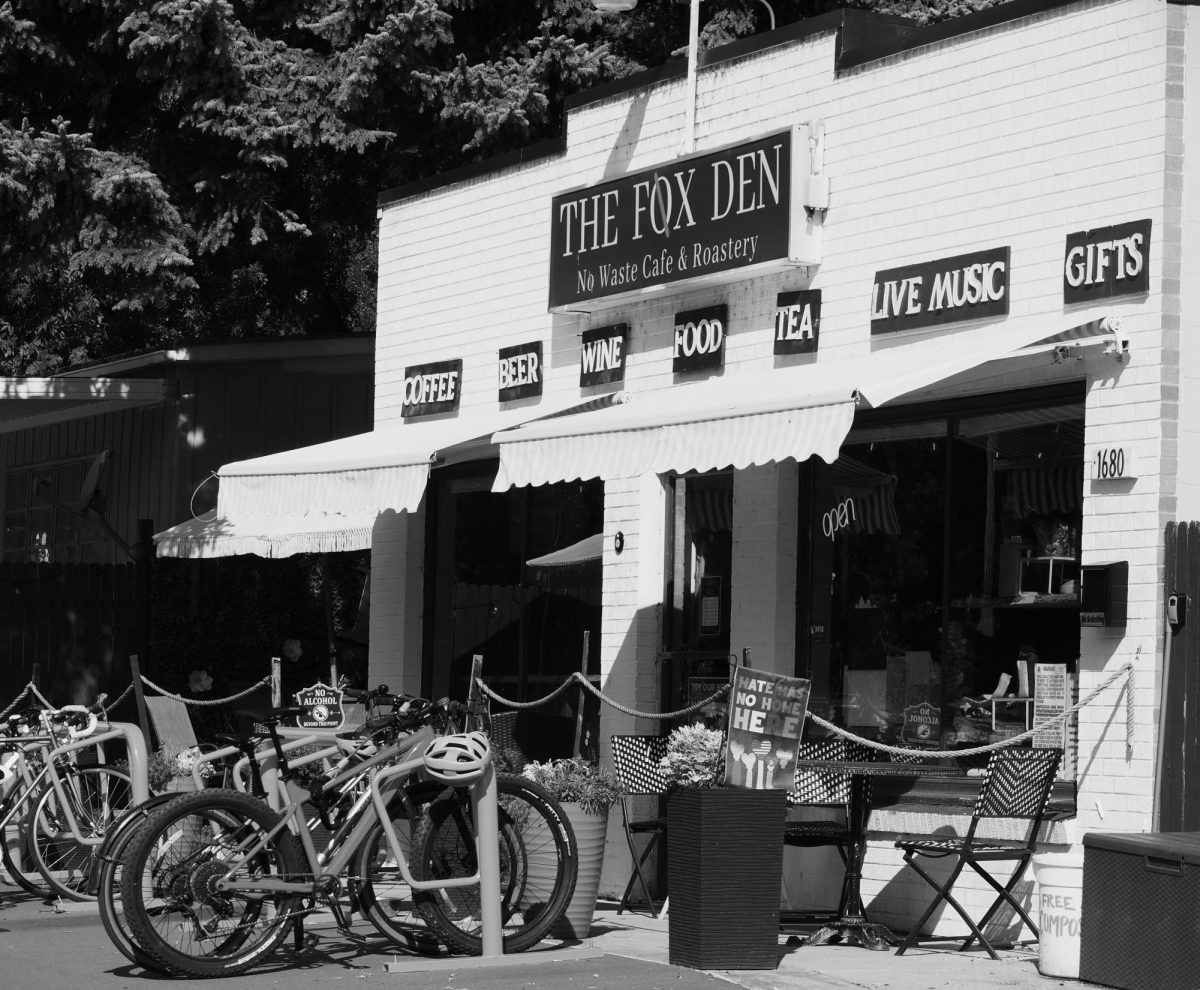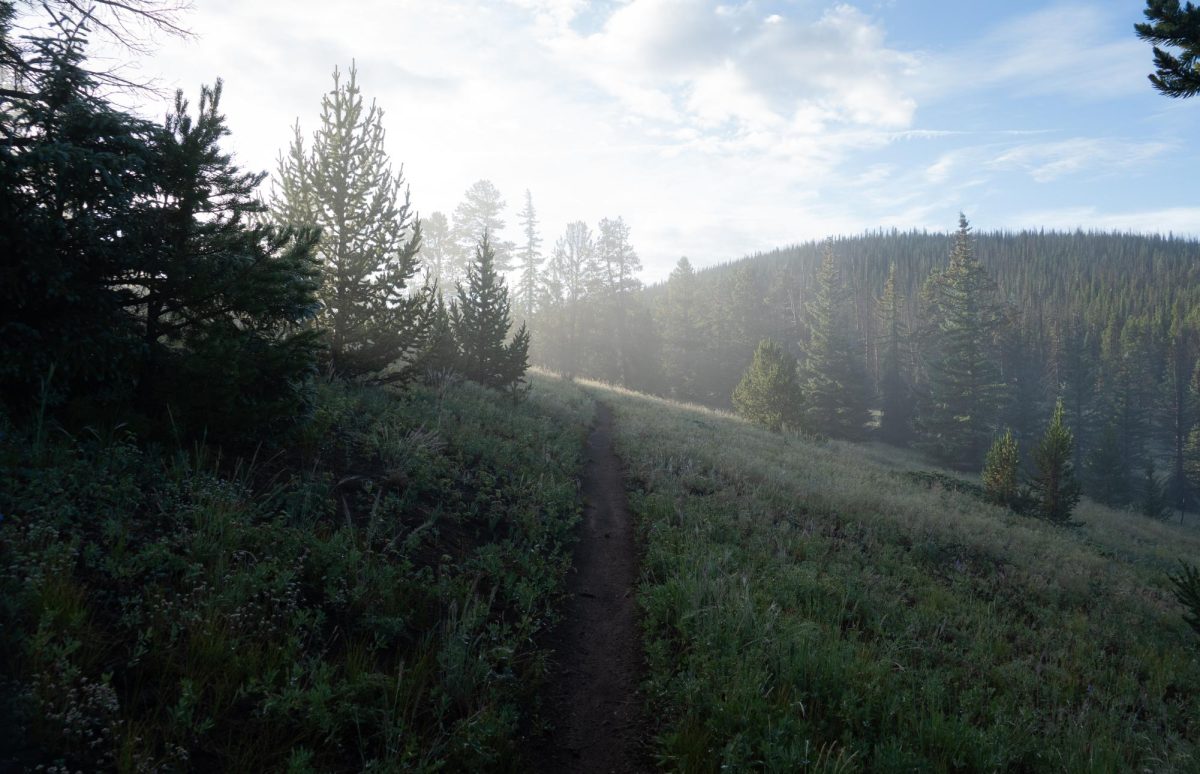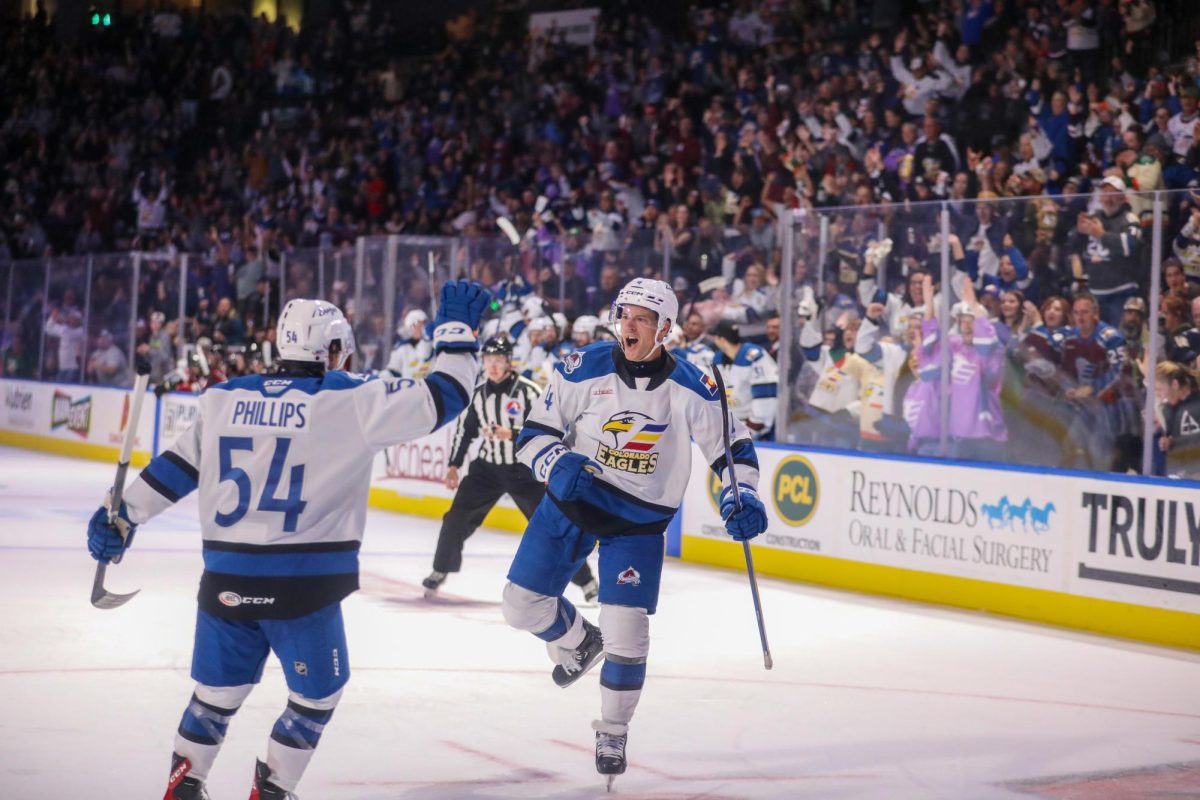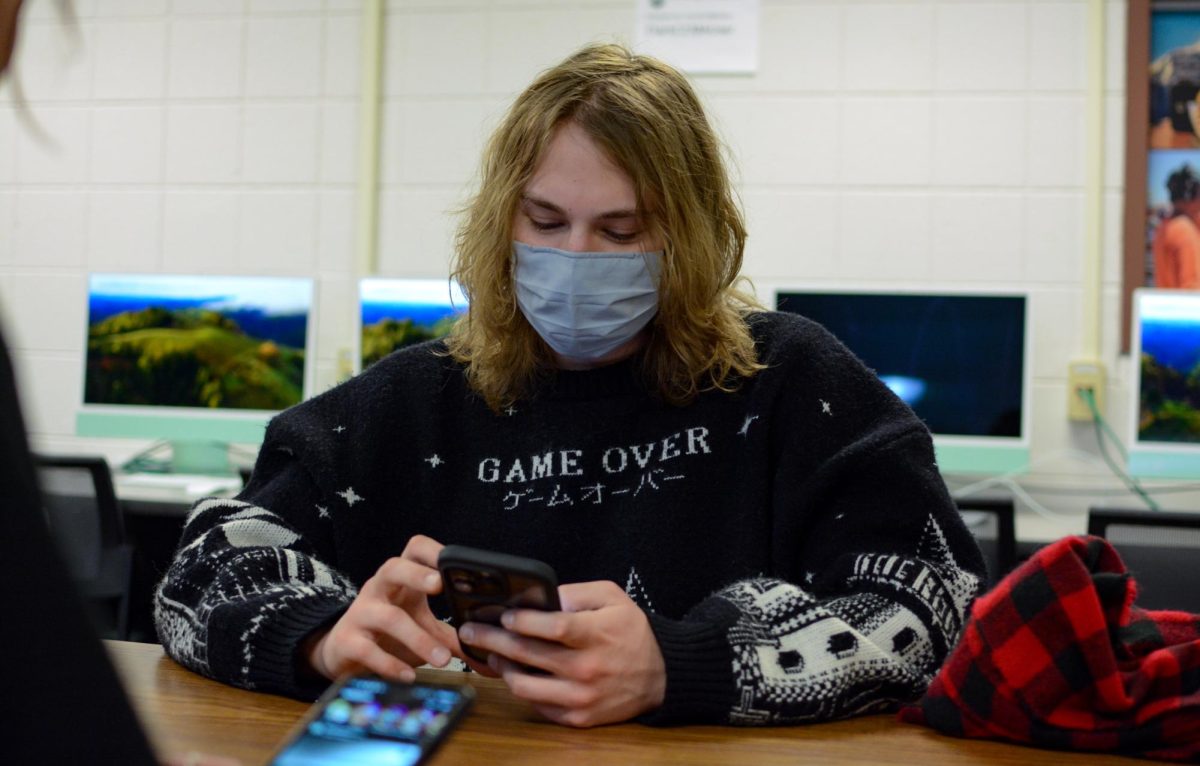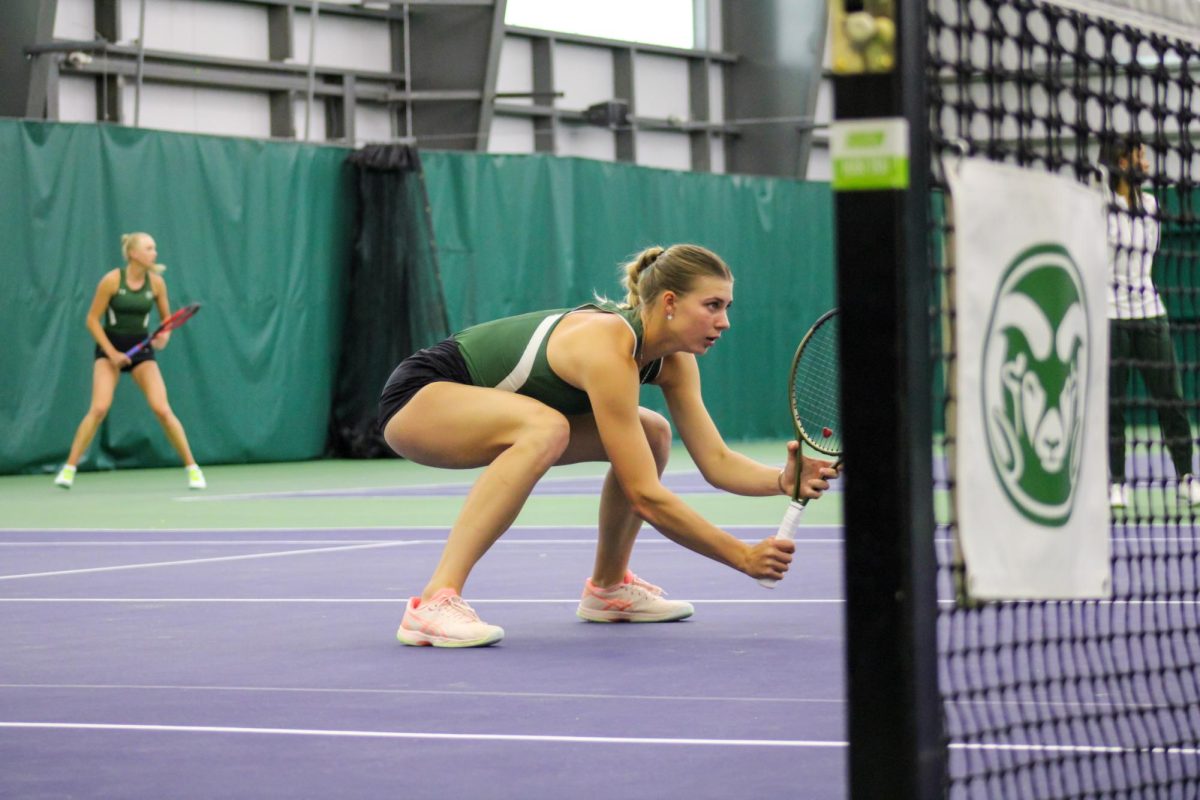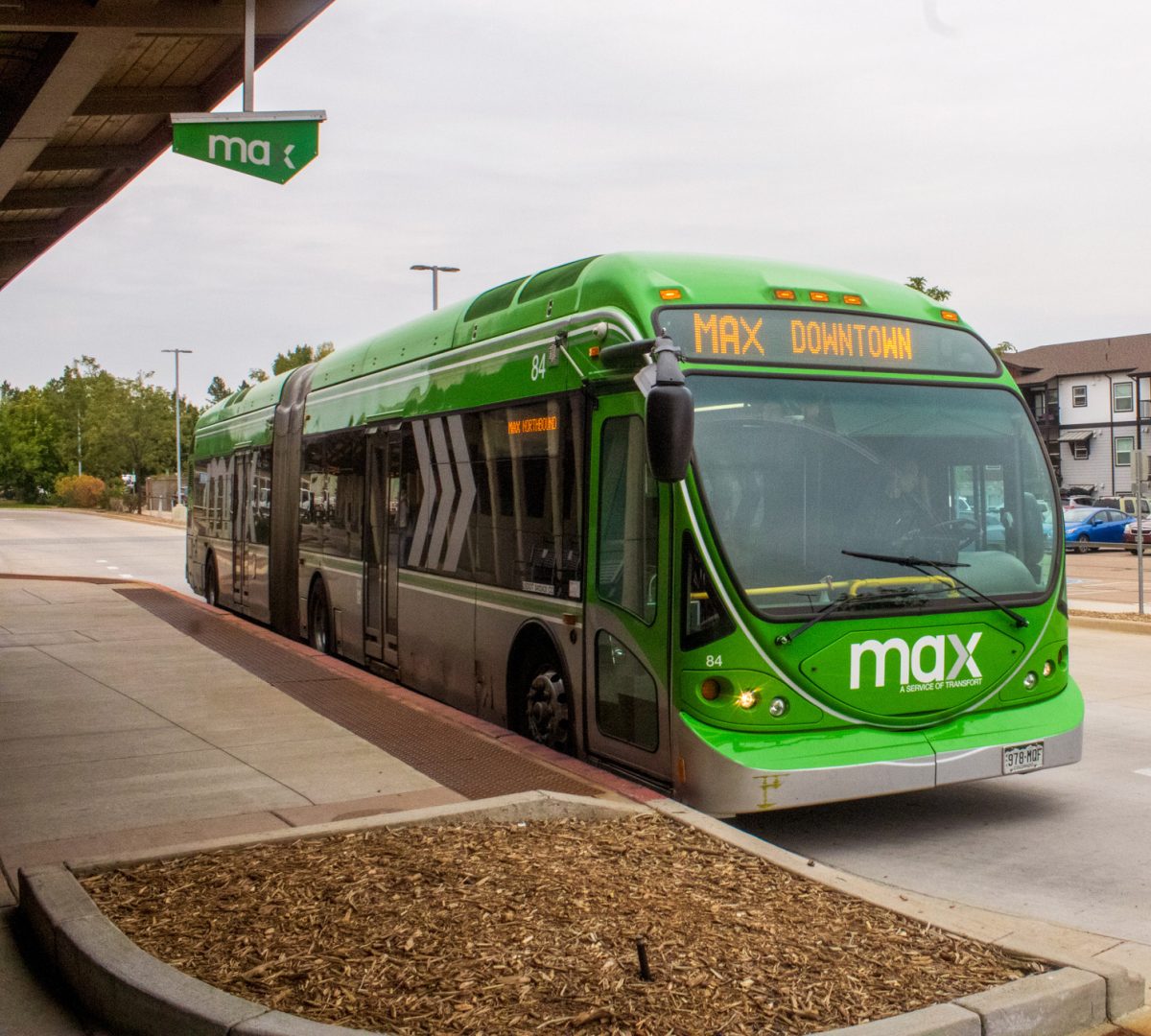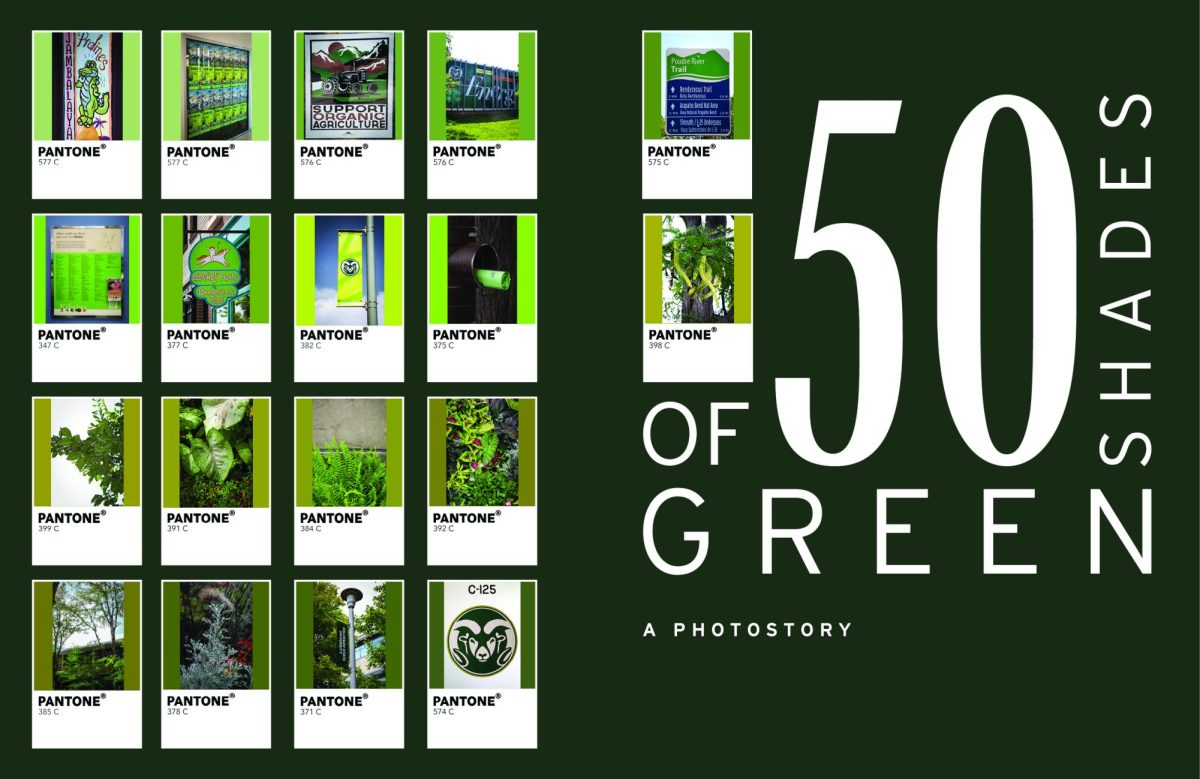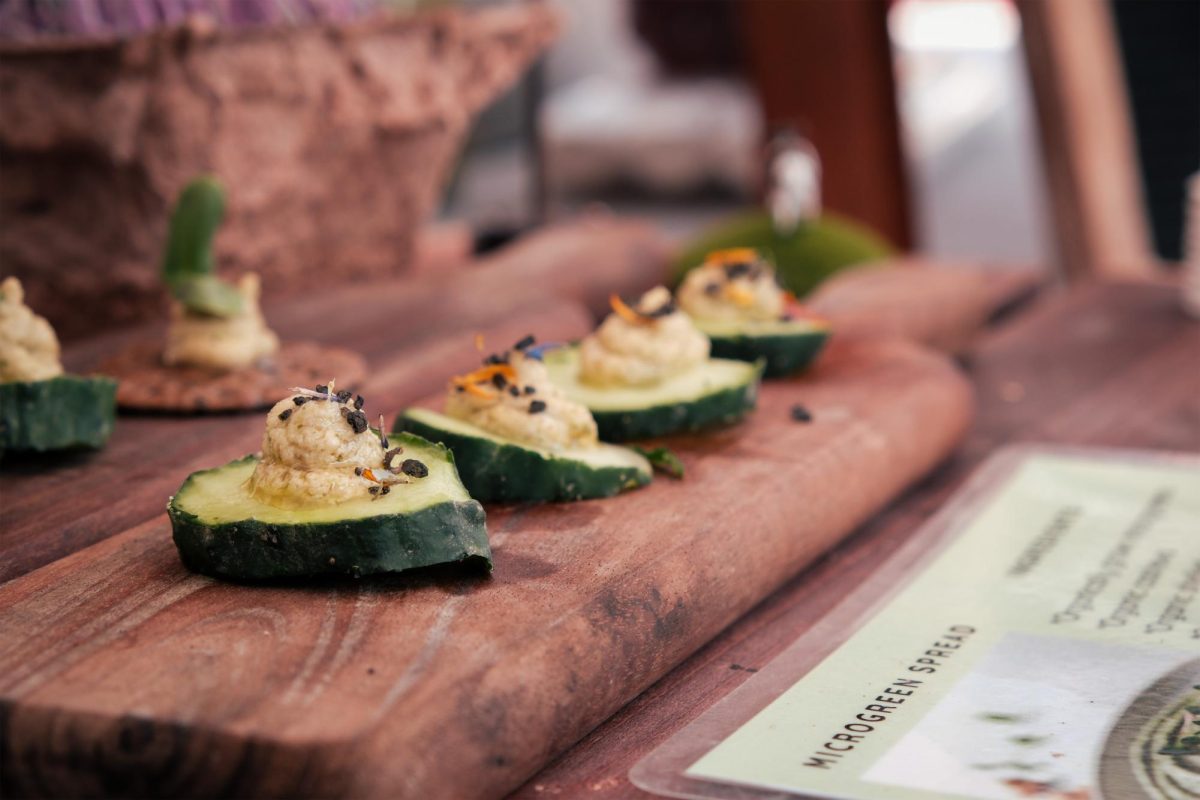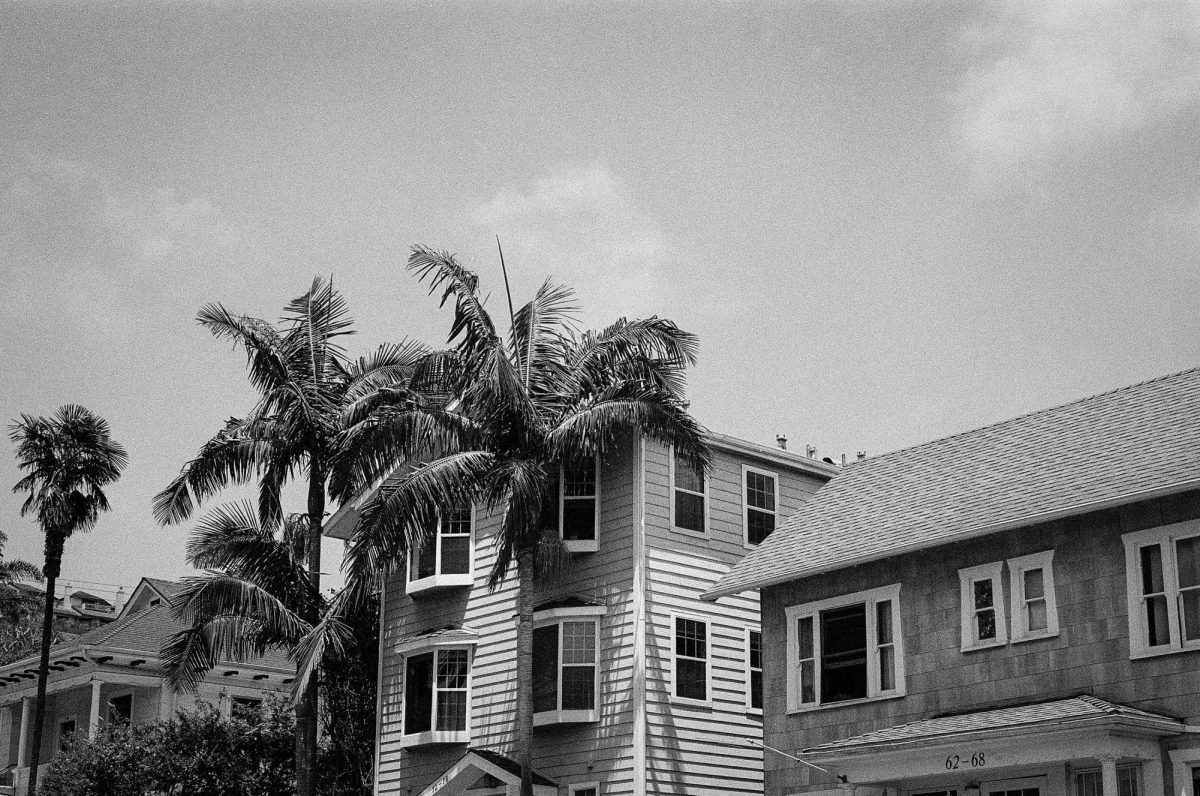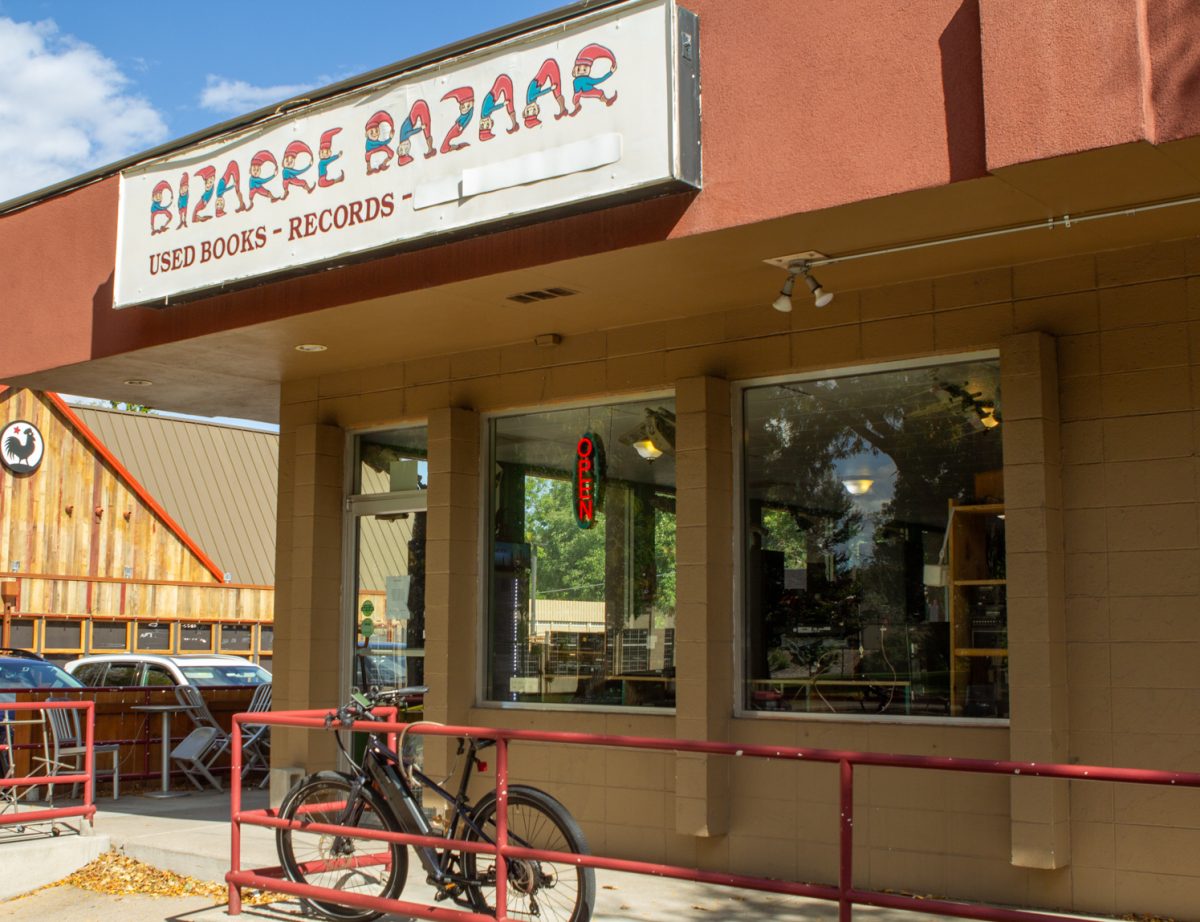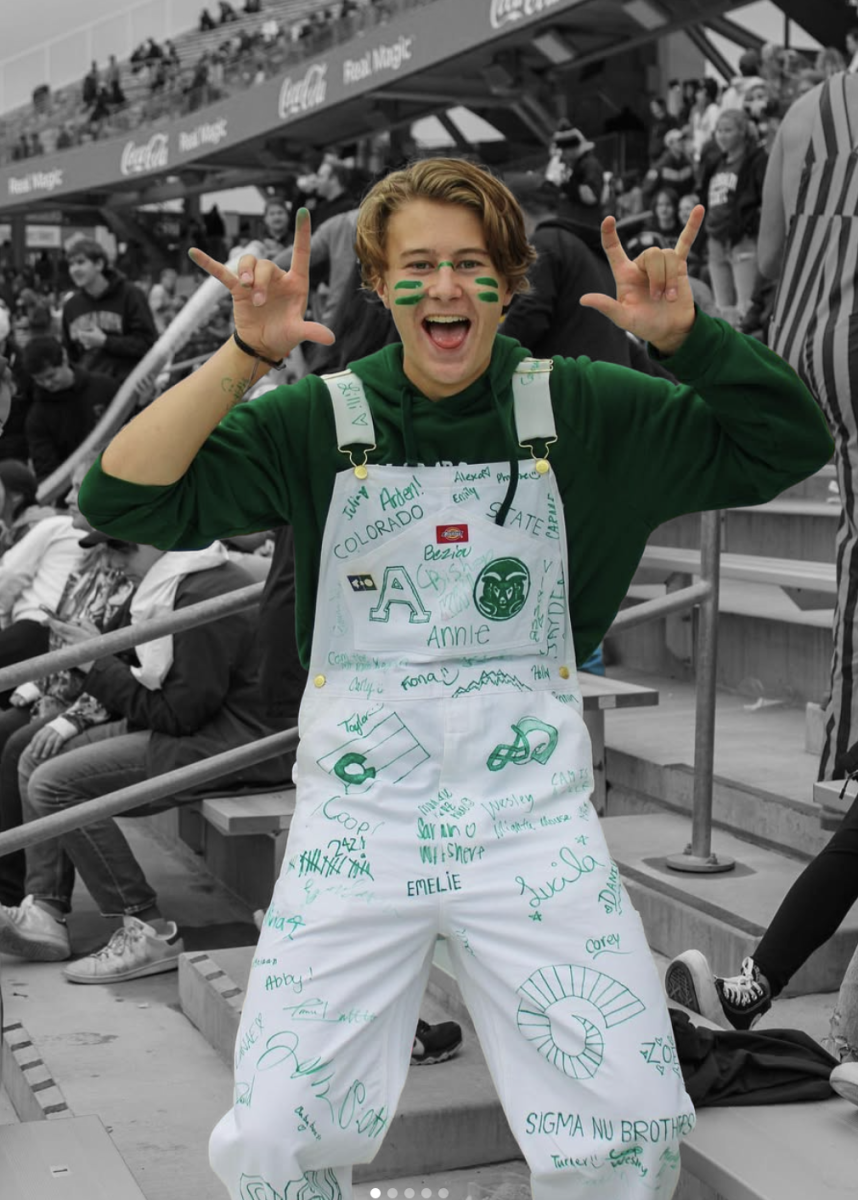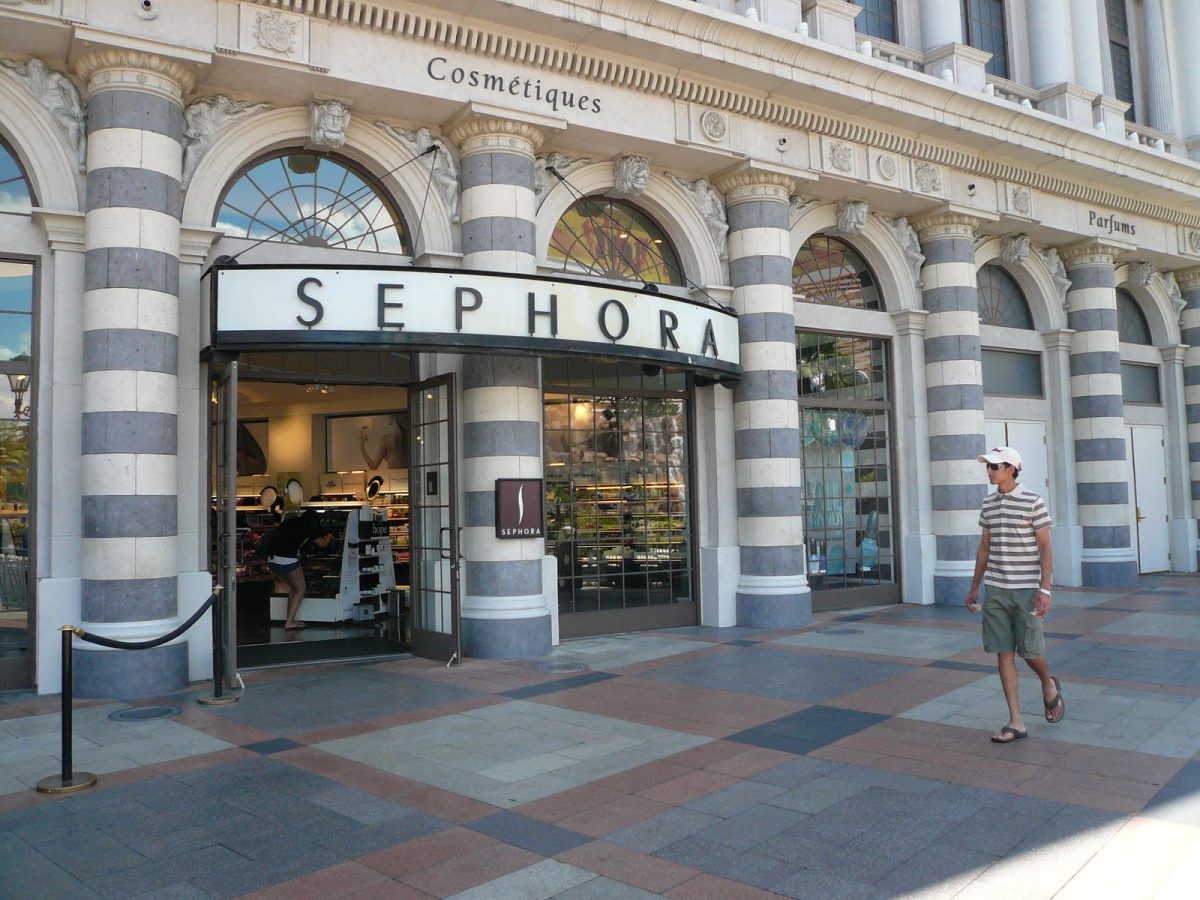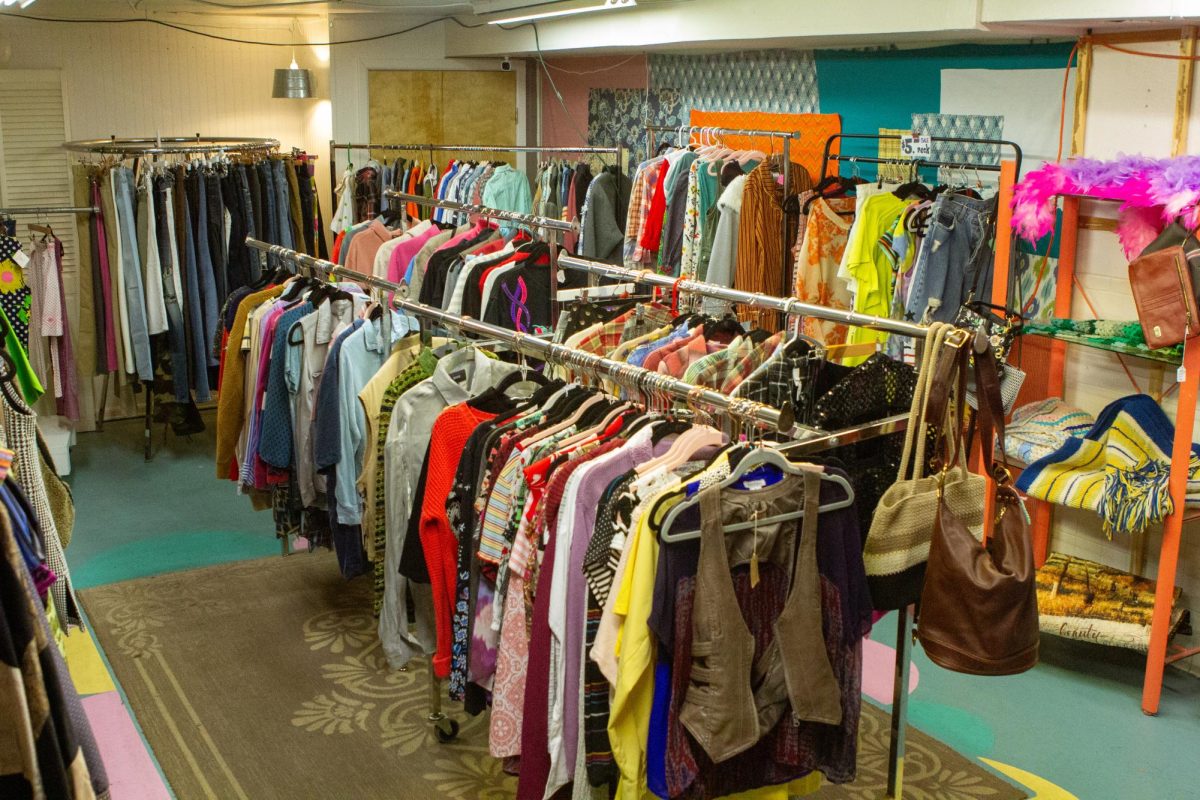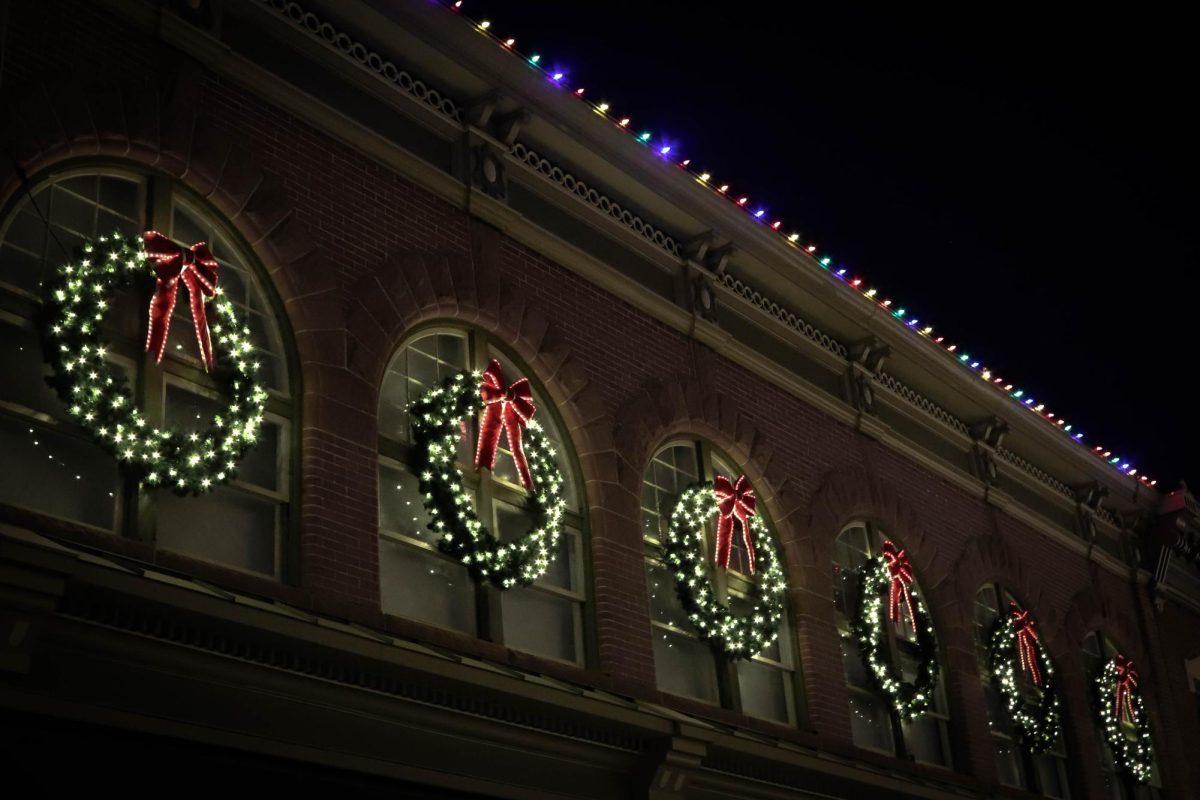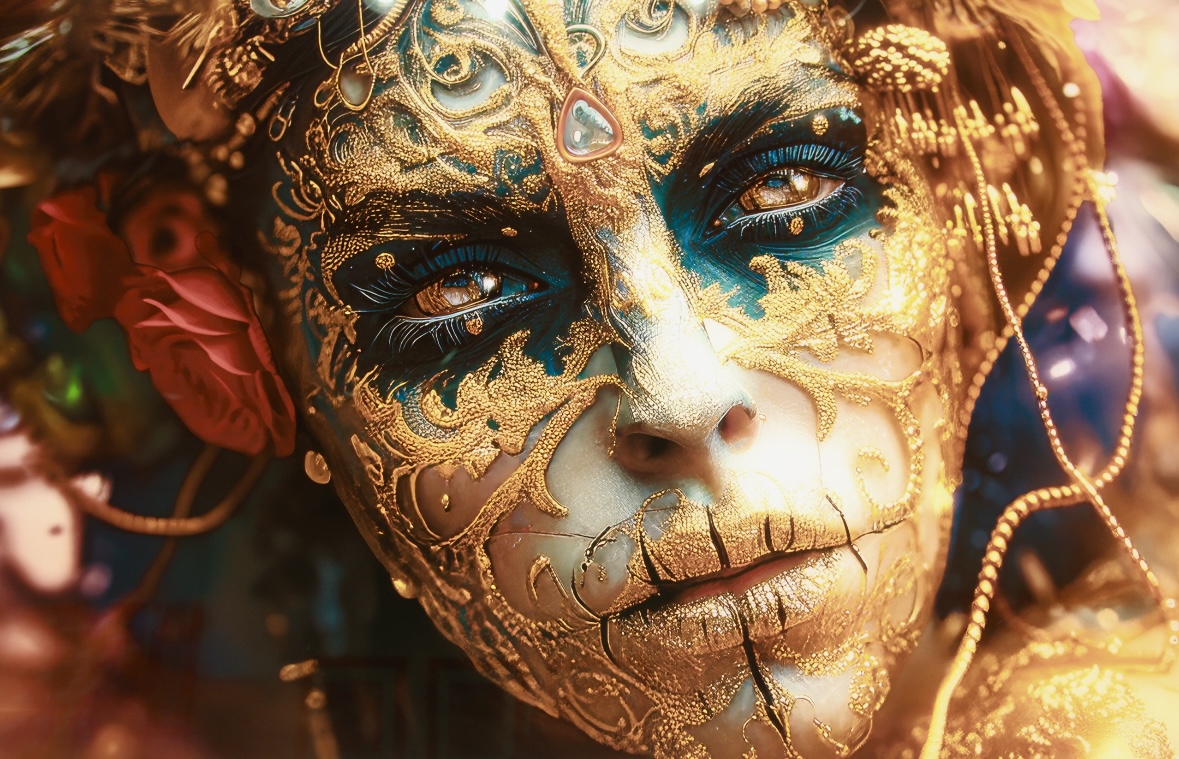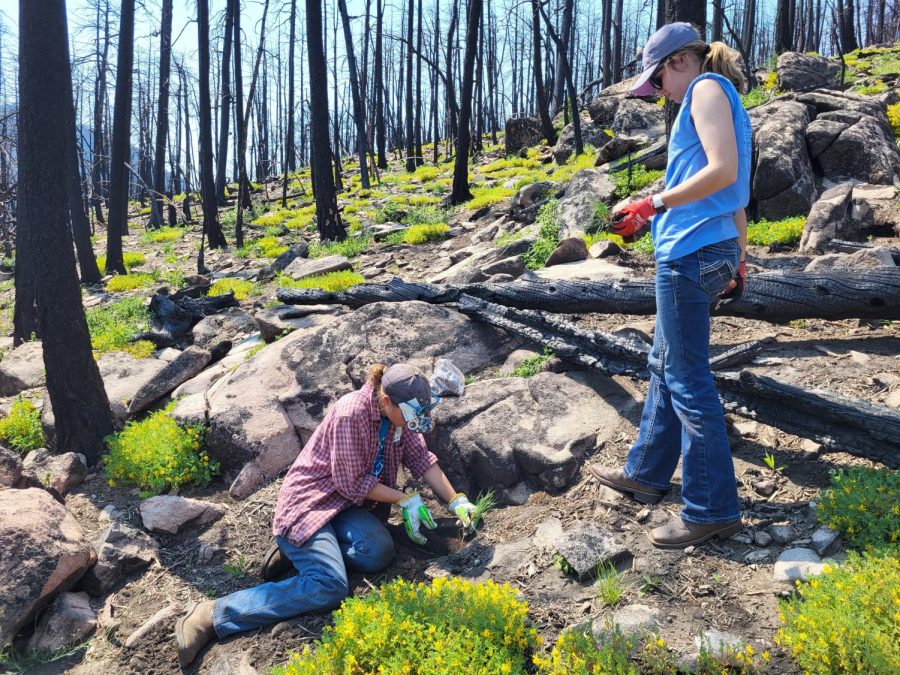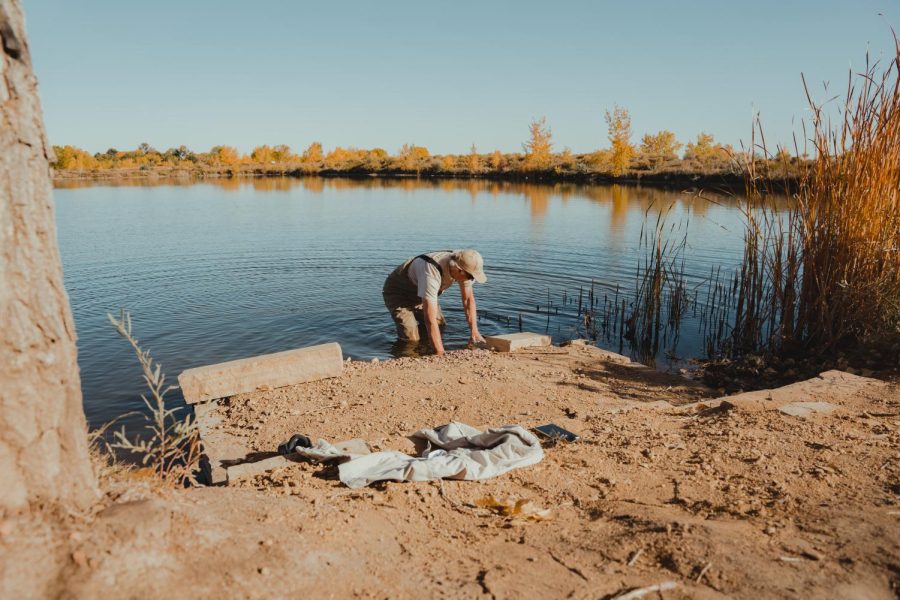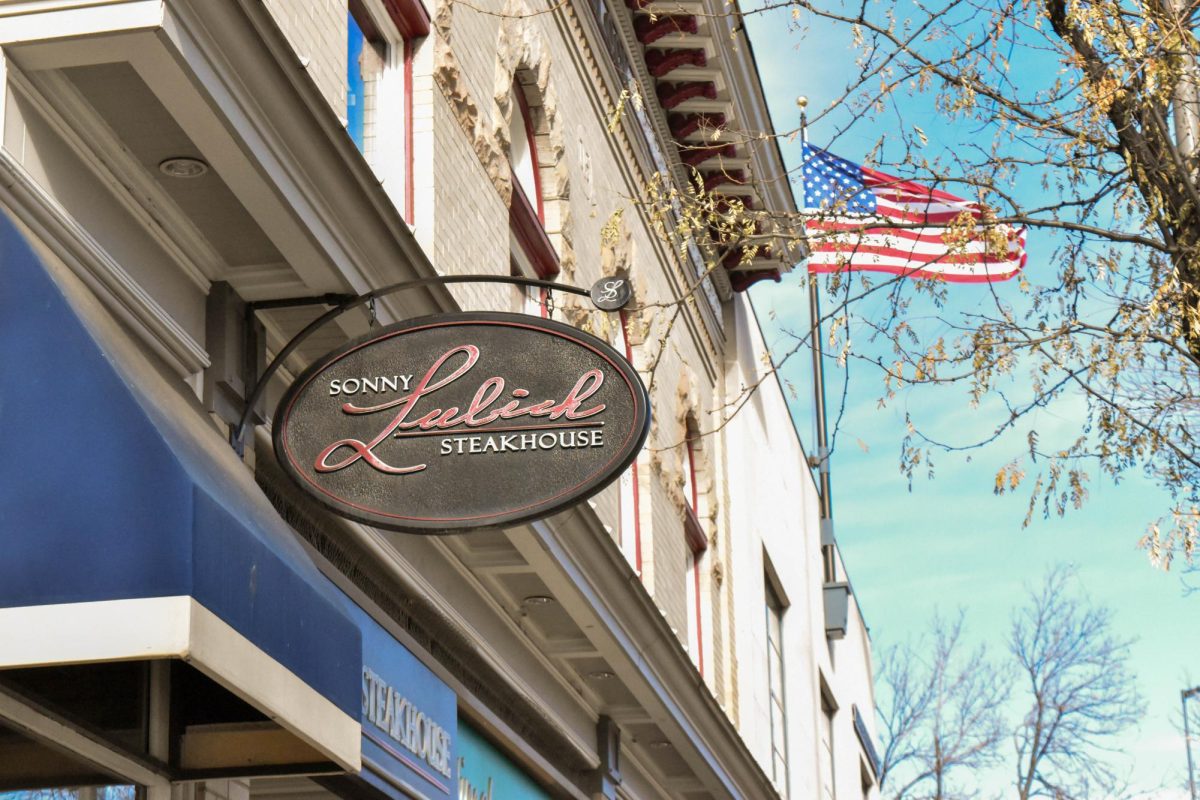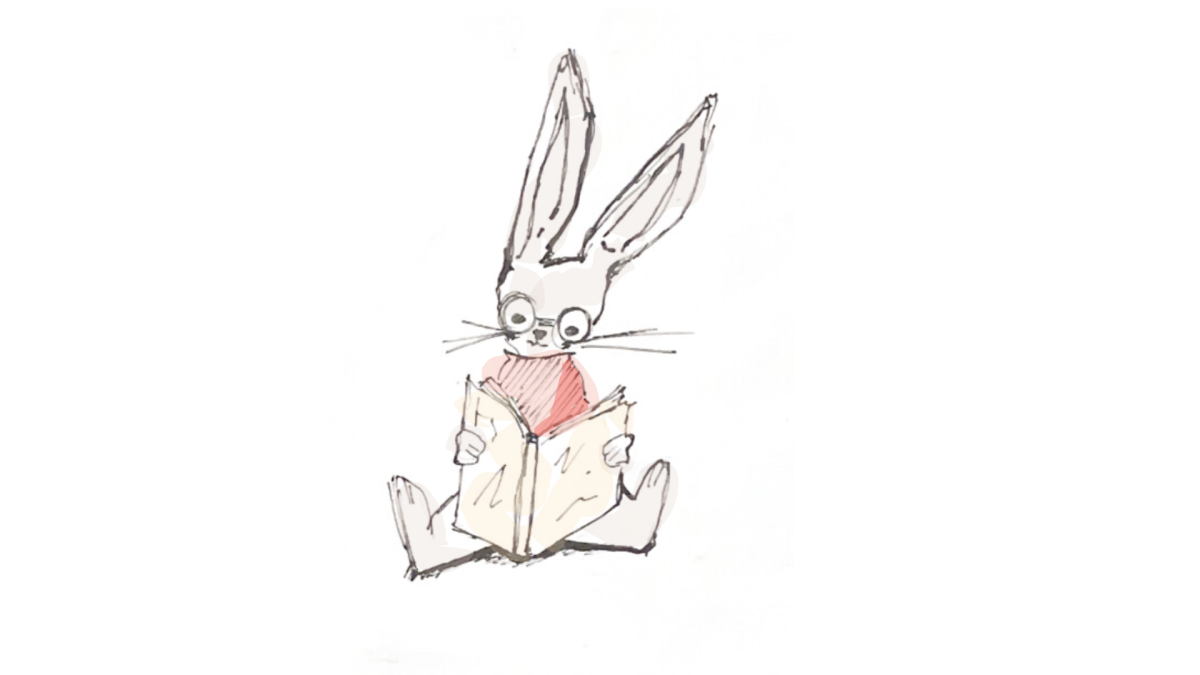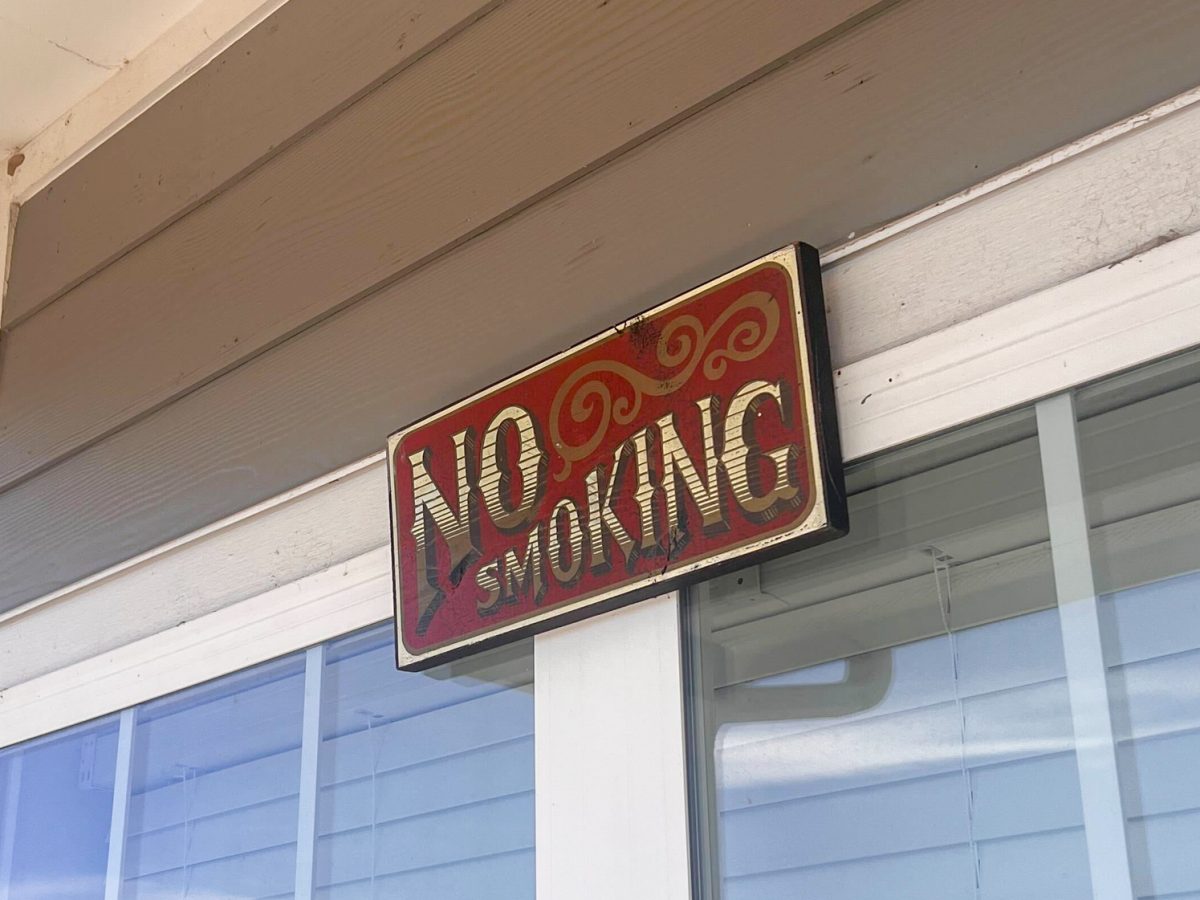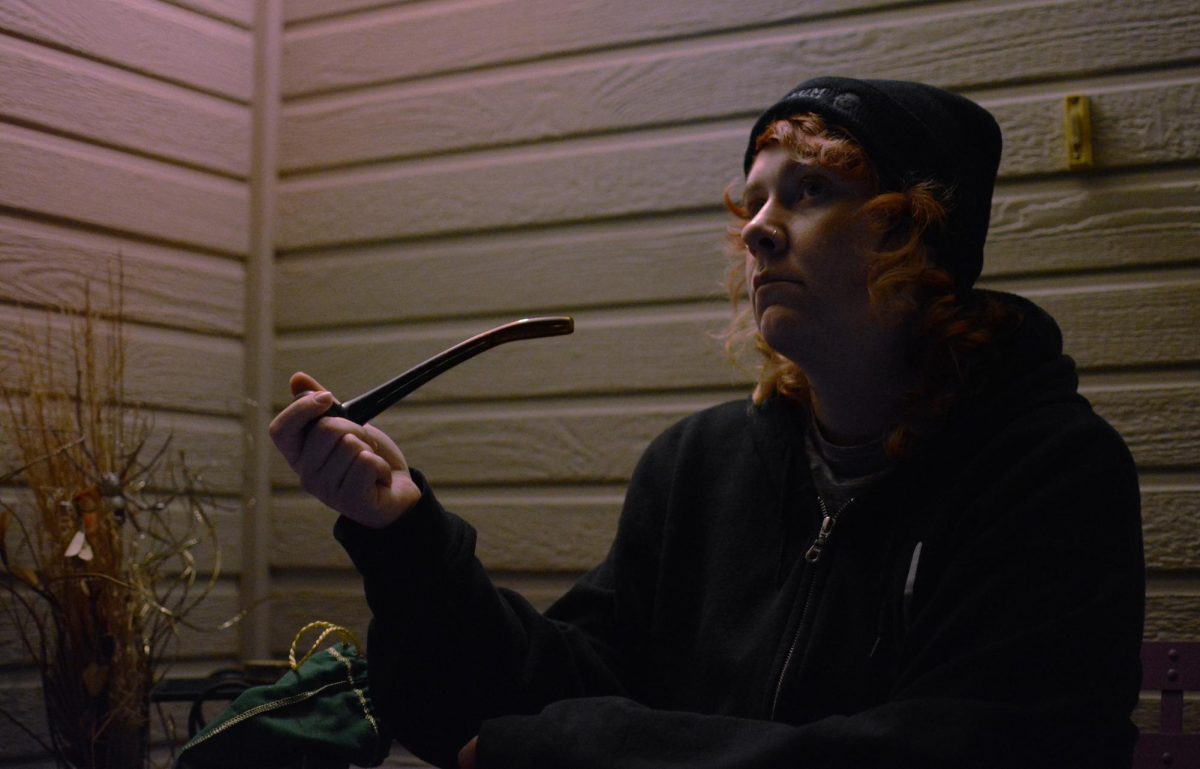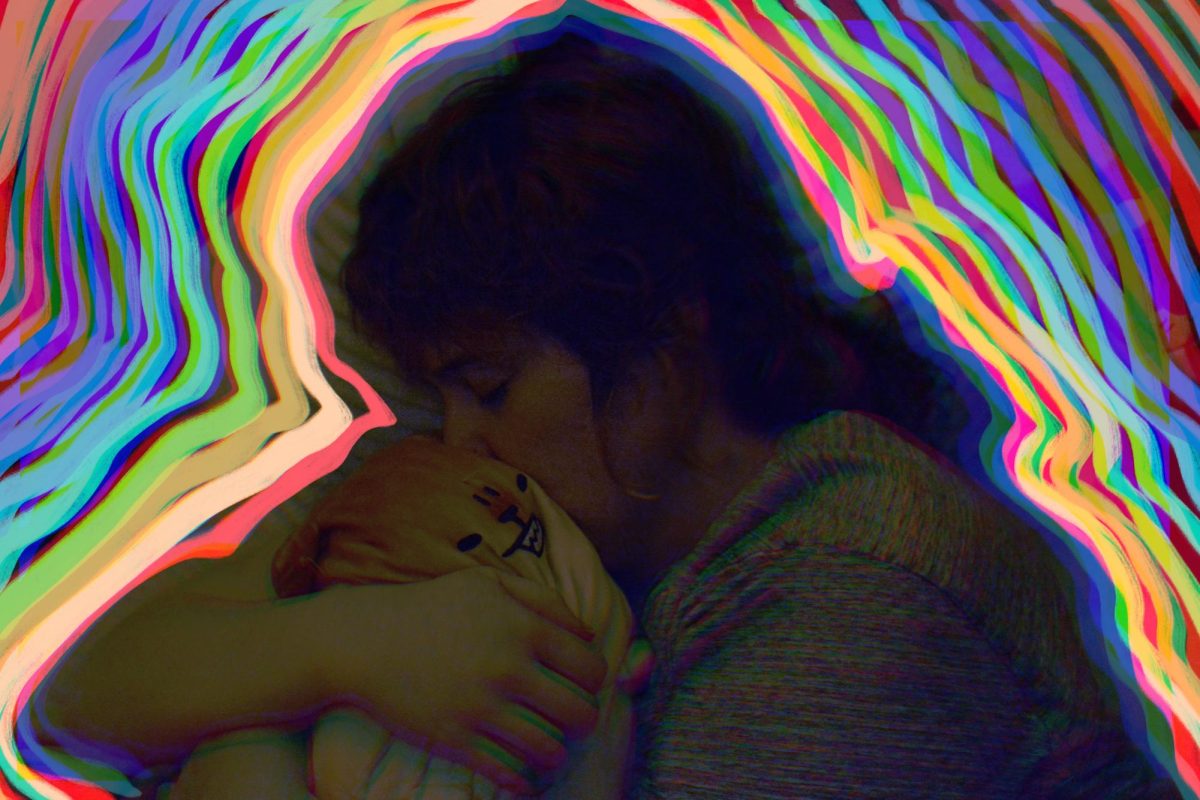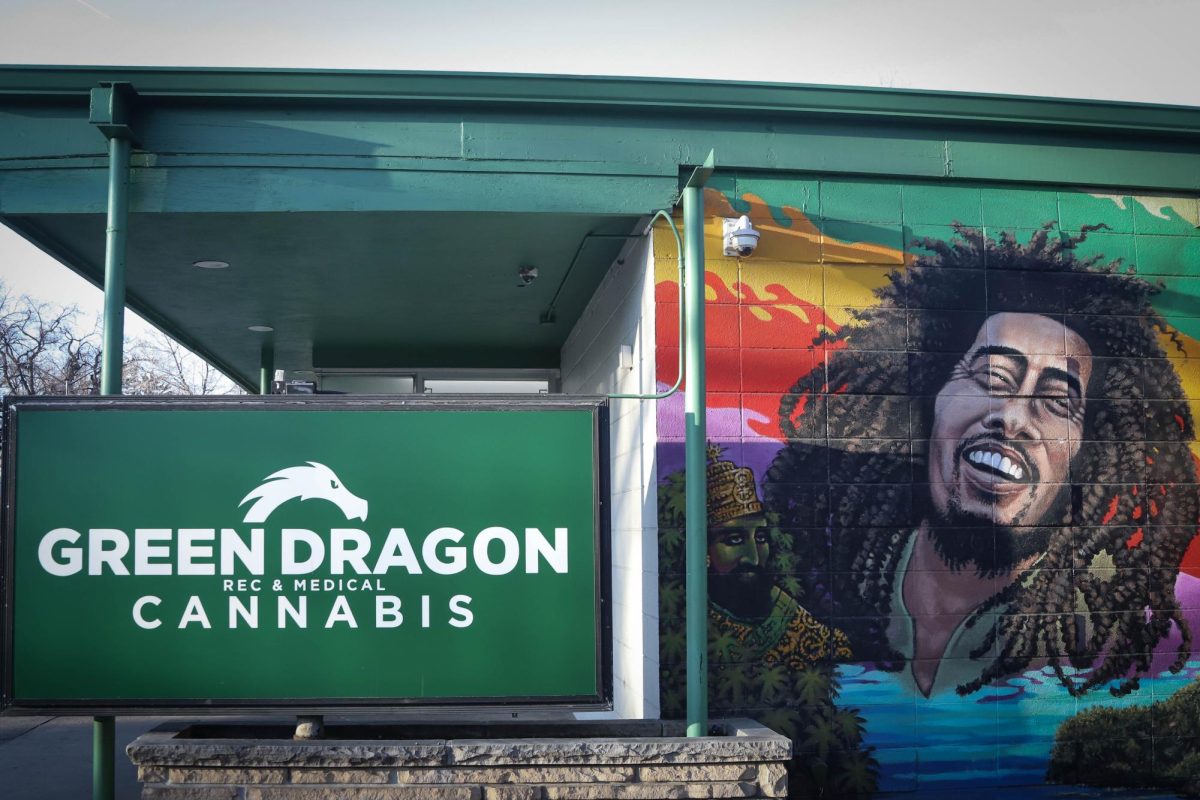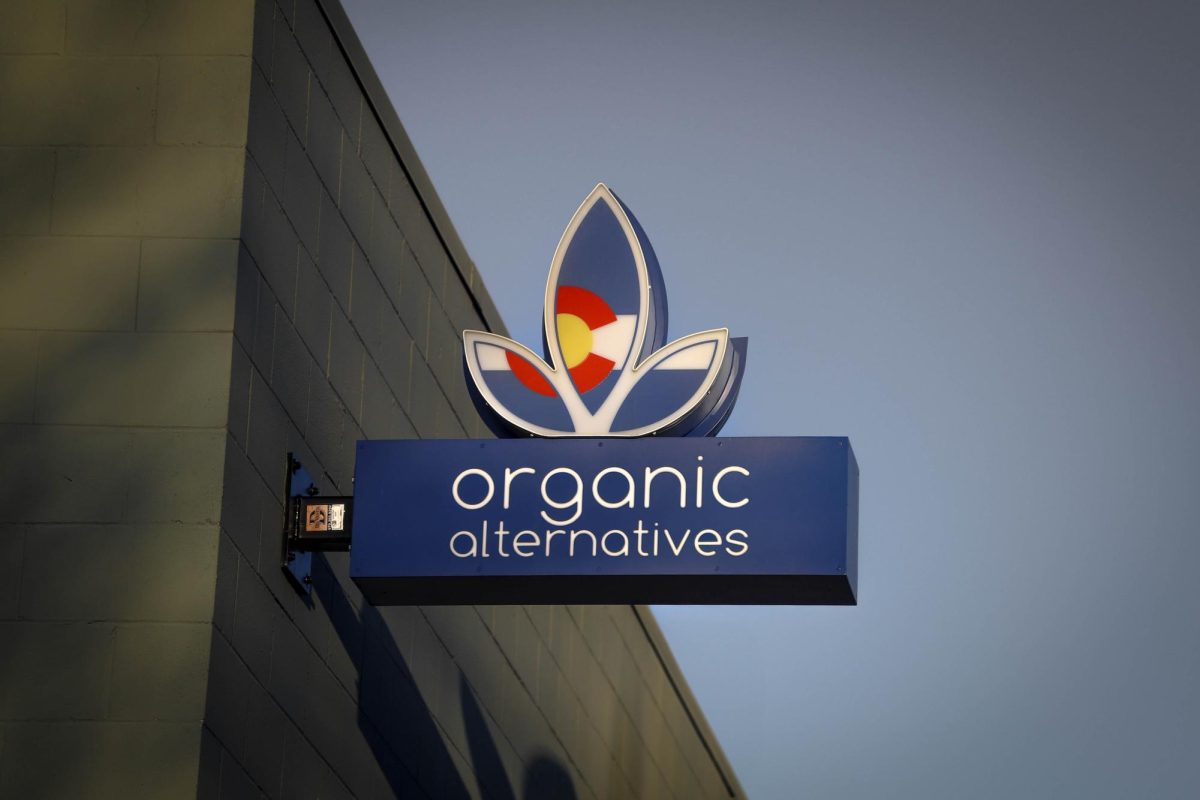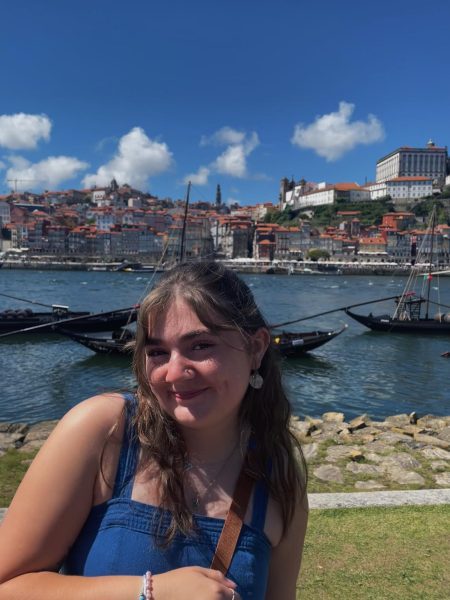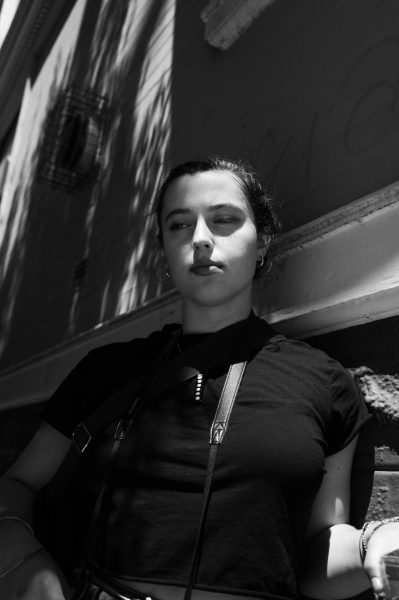It’s the year 1987. You walk with your friends down Shakedown Street, admiring the artistry and scent of marijuana drifting through the air. It is nearly time to see your favorite psychedelic rock band for the 10th time, and you wait in anticipation with the crowd that has been waiting in the parking lot for hours. It is a hot summer’s day in Washington, DC, where the Grateful Dead comes every summer. They work to provide you and the crowd with entertainment and music for roughly three hours, as you enjoy the rattling of the music beating beneath your feet and the sensation of floating through the air with a blunt in hand.
This is a common experience for many ‘dead heads’ or followers of the band. For Keith Andruso, his multitude of Grateful Dead concerts over the years went something like that.
Andruso noted that the crowds of the concerts varied, stating, “A general rundown of these shows were people 20s to 30s that were on tour and made a lifestyle out of driving around the country selling pot or bracelets or t-shirts to keep gas in the tank and another concert ticket in their pocket and people teens to 20s like myself that loved the music and enjoyed the hippie culture, but really never fully embraced the full scene,”
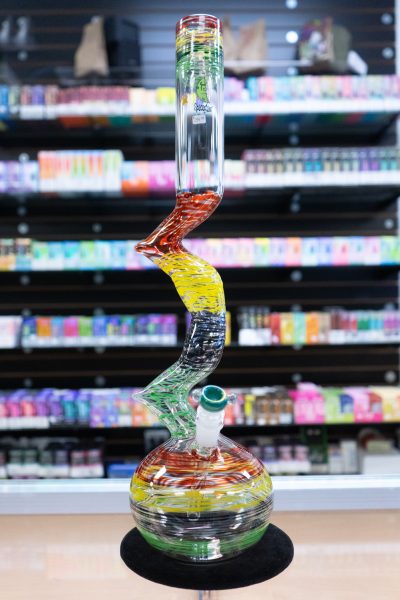
Andruso has been to roughly 20 Grateful Dead shows, all new experiences. He continues to come back and saw his last Grateful Dead concert in 2023.
Andruso’s commitment remained strong from his first concert when he was in the 9th grade in 1987. He was influenced by his friends to attend the show where he became hooked on the relaxing and somewhat rebellious environment around him.
These shows became mainstream for those a part of the counterculture movement. The Grateful Dead came into the spotlight right during the peak of the counterculture movement, giving the band the opportunity to open their shows for those wanting to rebel against stereotypical norms.
The counterculture movement focused on the rejection of societal expectations, and for ‘hippies’, it meant a revolt against the middle class and the government. This included free love, drug use, and peace, which were themes surrounding various popular Grateful Dead songs.
It seemed that despite the taboo surrounding marijuana and the police officers at the shows, those attending the shows did not seem to care. If the entire crowd were to blow their puff of smoke in the air, law enforcement could not arrest the entire crowd, so they let it be, and allowed audience members to smoke and enjoy the music.
“The general vibe at the shows sort of normalized drug use, which was a very odd feeling in the ’80s and ’90s based on the popular opinion that all drugs are a problem and terrible for you,” Andruso said, “Popular opinion has really changed, especially on marijuana use, so I think it would be difficult to recreate that feeling again.”
Music has always stood as a protest. Whether it is protesting for peace or for the normality of smoking weed openly, it stands for something. With weed culture becoming popularized since the Grateful Dead and many other artists, it continues to expand as students now admire the sensation of music in their ears while smoking recreationally.
CSU students noted that the artists who fill their smoking playlists include Fleetwood Mac, Sublime, Still Woozy, Faye Webster, Hozier, Tame Impala, Fetty Wap, and many more artists and genres, ranging from pop to R&B and indie.
One student noted Tame Impala as their favorite edition to their playlist when smoking, stating, “I think his instrumentals are something that you can’t replicate,” the student said, “the switches between songs, the meaning behind the lyrics, it just takes me somewhere else every time.”
From 1987 to 2025, marijuana influences music, and music influences marijuana use at times. Even if the Grateful Dead did not pioneer weed culture, it has influenced it immensely, which allowed an environment that combines music and cannabis culture for students and beyond.

